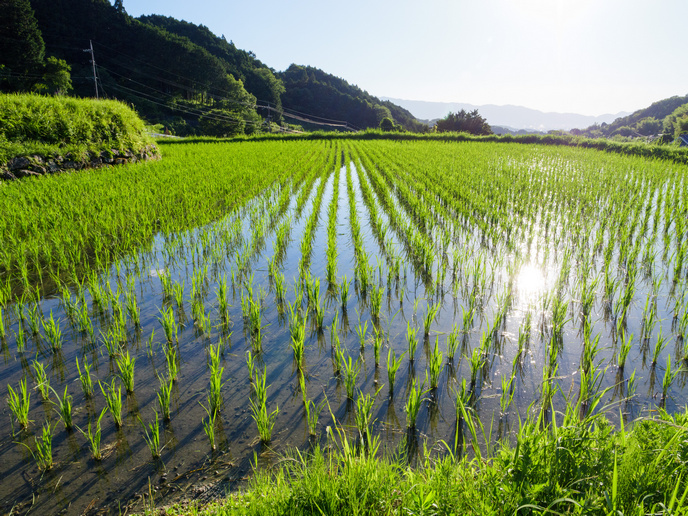Tags
How rice and millet farming impacted prehistoric Japan
The introduction of rice to Japan had a significant impact on its culture. But new research suggests that this impact varied across different regions.

Like many civilisations, Japan wasn’t always an agriculturally based society. In fact, 16 000 years ago the Japanese islands were occupied by a population of complex hunter-gatherers. But this began to change as migrants from the Korean peninsula arrived 3 000 years ago, bringing with them new cultures and norms. “History is full of examples of how large-scale migratory events fostered the transmission of new ideas across traditions, often leading to pivotal changes in the society and culture of the incumbent groups,” says Enrico Crema, a researcher at the University of Cambridge. However, as Crema points out, this change happens slowly. In prehistoric Japan, the archaeological evidence suggests regional variations in how local incumbent groups responded to migrants and the cultural packages they brought in. “This variation in local responses is reflected in the uneven dispersal rate of rice farming, with the record showing episodes of delays and temporary adoptions,” adds Crema. “This was then followed by reversions to previous subsistence strategies or, in some cases, nearly complete rejections of the practice for a significant period of time.” With the support of the EU-funded ENCOUNTER project, Crema hopes to understand why the introduction of rice into Japanese society was so diverse.
Leveraging Japan’s rich archaeological record
The project benefited from the fact that Japan has painstakingly compiled a rich archaeological record. “While much of scientific archaeology is about finding the newest data, we wanted to demonstrate how you can get important insights from what is already out there,” explains Crema. To do this, researchers developed new quantitative techniques that allowed them to determine the when, where and how behind any delays seen in the diffusion of rice agriculture. Using these techniques, the project was able to pinpoint where major population booms happened versus where negligible changes in population density occurred.
The link between rice agriculture and population growth
While the introduction of agriculture is typically followed by a general increase in fertility and thus population, this wasn’t necessarily always the case in prehistoric Japan. “Our analyses of the demographic impact of rice agriculture in Japan suggest profound regional variations, even when we account for the different arrival times,” remarks Crema. “Some areas show massive growth, but others show virtually no change after the introduction of the new economy.” According to Crema, unravelling the causes and consequences of the differential tempo and mode of rice farming’s diffusion in prehistoric Japan will require further research.
An open science legacy
In addition to benefiting the ENCOUNTER project’s research, its techniques and methods will benefit other research initiatives too. “Since the beginning of our project we have been strongly committed to open science, taking great effort to ensure that all our research is fully reproducible,” concludes Crema. The project, which received support from the European Research Council, also developed two innovative software applications for synthesising legacy data, both of which are already being used by other researchers.
https://cordis.europa.eu/article/id/457677-how-rice-and-millet-farming-impacted-prehistoric-japanPublished Date: April 5, 2025






